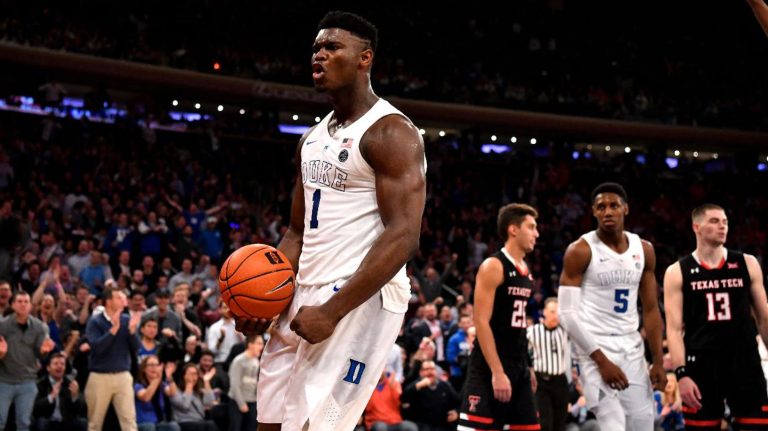From stadium roars to screen alerts: how fan engagement has evolved. Matchdays used to hinge on a single feed-the TV or the radio-while everything else waited until full-time. Now the “roar” reaches pockets first. Push alerts beat replays, live dashboards surface context before pundits mention it, and fans jump between clip, stat, and angle without losing the thread. The experience isn’t a linear broadcast anymore; it’s a layered stream where information and emotion arrive together.
Why instant updates became part of the matchday ritual, seconds matter because the modern schedule rarely lets fans sit for ninety-plus minutes without interruption. Commuting, errands, or split-screen work push people to rely on timely nudges that preserve continuity: lineups on release, x-minute event cards, and quick context for why a moment swung. These updates aren’t spoilers; they’re scaffolding. They keep the match coherent when life gets in the way.
The Mobile Matchday Hub: Keeping Fans in the Loop
One screen for everything: lineups, stats, and live commentary. The cleanest matchday setups centralize pre-match notes, confirmed lineups, live win probability, and post-event clips in a single scroll; if you want a quick look at platform features and current terms, you can read more without breaking the flow. Instead of juggling five tabs, you anchor to one place that continually refreshes the essentials and lets you zoom into detail-shot maps, partnership runs, and pressing intensity-only when you need them.
How smart algorithms deliver play-by-play precision. Modern feeds rank events by relevance, not just by time. They surface a red card above a routine throw-in, highlight an xG swing over a harmless pass, and thread related moments so you catch cause and effect, not noise. Personalization trims the feed to your teams and preferred depth, keeping focus tight when the timeline starts to race.
Live Rivalries and Instant Reactions
The rise of second-screen culture among football and cricket fans. Big fixtures now run in stereo: broadcast on one screen, mobile context on the other. That second screen catches the microbeats you’d otherwise miss-field placements, press shifts, bowling changes-and it lets you confirm whether a moment felt big or was actually big in the numbers.
Real-time polls, emojis, and fan zones: turning data into emotion. Interaction tools convert updates into participation. A swing in win probability becomes a poll, a clutch save becomes a burst of reactions, and a boundary sparks a fan-zone surge that mirrors the stand’s energy. The loop is tight: event → metric → expression-often in a single swipe.
When milliseconds shape the conversation psychology of instant fandom. The first account you see frames how you recall the moment. Immediate context-who misjudged the flight, who broke the press, who set the trap-locks into memory before replays do. That speed doesn’t replace analysis; it primes it, so long as the feed prioritizes clarity over clutter.
How Mobile Platforms Bridge the Distance
Why global fans now follow local derbies as if they’re in the stands. Time zones and geography don’t mute the noise anymore. Real-time feeds stitch together on-the-spot details-tifo reveals, late lineup tweaks, crowd tempo-so a supporter in Mumbai or Manchester feels the same pulse as someone on the terrace.
The balance between live speed and data depth.
Speed without structure is chaos; depth without speed misses the spark. The best experiences layer information: a short alert first, then a tappable card for context, then deeper panels if you want to dig into quality, field placements, pressing intensity.
Quick ways mobile actually closes the gap for remote fans:
- Ultra-short alerts that summarize what happened before you open the stream
- Context cards that explain why it matters (game state, matchups, momentum)
- Compact visuals-shot maps, bowling lengths, pressure heat-that fit one glance
- Localized feeds so chants, terms, and team news make instant sense.
- Threaded discussions that keep reactions organized around the event, not the noise
Social integration: where live commentary meets fan banter. Match threads and spaces fold into coverage, so the factual timeline and the fan voice move together. A save lands; the feed pairs it with a concise stat and a channel for reaction. Moderation and threading turn the chorus into something you can actually follow.
What the Future of Real-Time Sports Engagement Looks Like
Predictive analytics, AR match feeds, and personalized fan dashboards. Expect smarter prompts that anticipate turning points-a ramping press, a tiring bowler, a fullback isolated-delivered as gentle cues, not guesswork. AR layers will mark passing lanes or field placements right on your screen, while dashboards adapt to you: favorite clubs up top, preferred metrics front and center, distractions trimmed.
How 5G and AI will transform next-season experiences. Lower latency tightens the gap between event and alert to near-simultaneity. AI prioritizes moments you actually care about, linking cause and effect-who set the trap, who broke the line-so highlights become coherent stories instead of isolated clips. Translation and localization get better, too, meaning global fans receive the same clarity in their own language.
The value of staying connected: fandom beyond the screen. Real-time doesn’t end at full-time. Post-match, the same platforms help fans process what happened—cool-down analysis, compact recaps, and smarter notifications for the next fixture cycle. The goal isn’t constant noise; it’s continuity, so every match feels connected to the next without demanding your entire day.

John Kaney is a full-time content writer with a passion for crafting engaging and informative articles. With a keen eye for detail and a knack for storytelling, John brings a unique perspective to his writing. He has a diverse range of interests, including technology, travel, and lifestyle, which allows him to create content that resonates with a wide audience.

